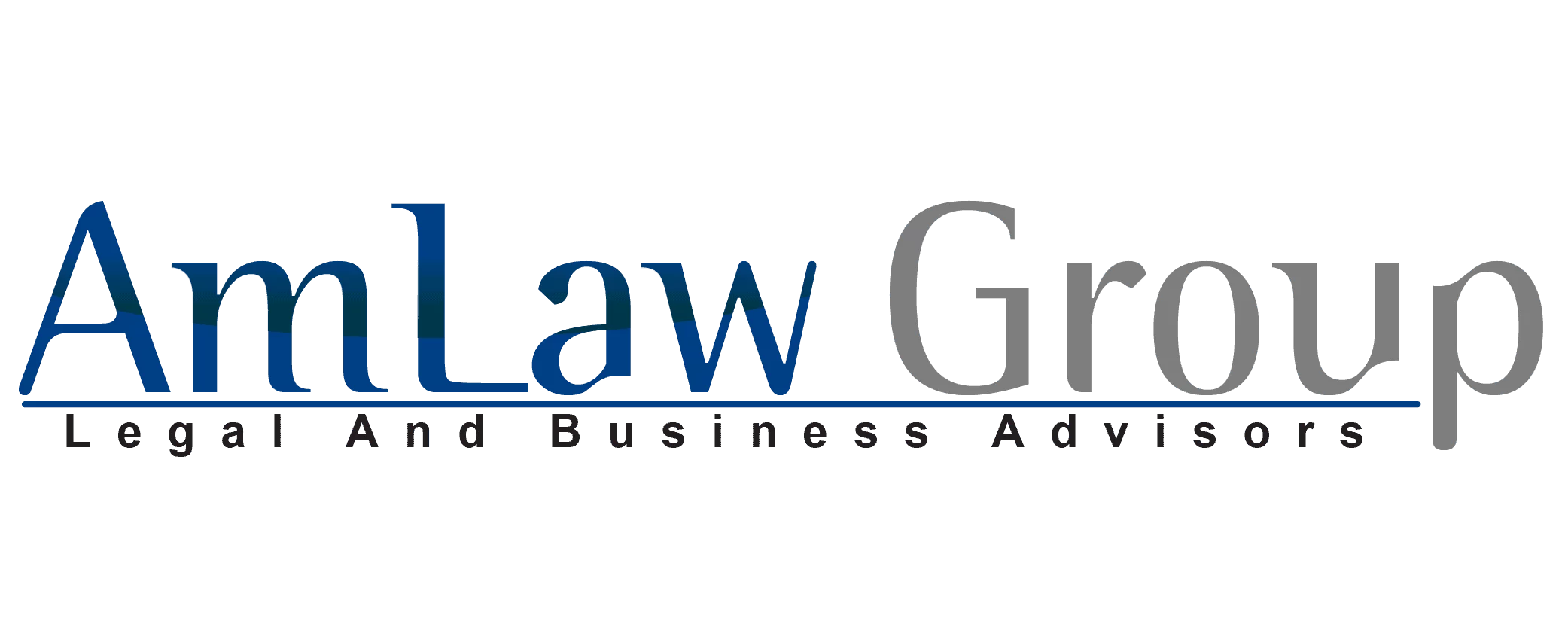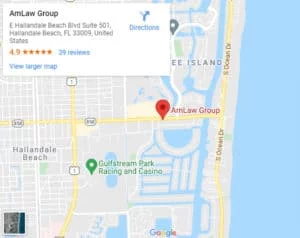Biggest Blunders When Preparing an L-1 Visa: A Guide to a Smooth Application Process
The L-1 visa allows multinational companies to transfer employees with specialized knowledge to their US branches, subsidiaries, or affiliates. Obtaining an L-1 visa can be a smooth process for qualified applicants, but even seemingly small mistakes can lead to delays or denials. This article explores the biggest blunders to avoid when preparing an L-1 visa application along with a breakdown of the main requirements.
Main Requirements for L-1 Visas
Understanding the core requirements for your specific L-1 visa category is crucial before diving into the application process. Here’s a breakdown of the key elements:
L-1A Intracompany Transfer Executive/Manager:
- Qualifying Relationship: The applicant must be employed by a company with a qualifying relationship with a US entity (branch, subsidiary, or affiliate). This relationship typically involves common ownership and control structures between the foreign and US companies.
- Executive or Managerial Position: The applicant must hold an executive or managerial position within the foreign company and be transferring to assume a similar role in the US entity. USCIS has very detailed regulations as to what constitutes an executive or managerial position
- Minimum Experience: The applicant must show he has or had at least one year of continual experience as an executive or manager at the foreign company over the past 3 years.
L-1B Intracompany Transfer Specialized Knowledge Worker:
- Qualifying Relationship: Similar to L-1A, this category requires a qualifying relationship between the foreign and US entities.
- Specialized Knowledge: The applicant must possess specialized knowledge that is unique to the employer’s industry or operation.
- Essential Employee: The applicant’s knowledge and skills must be essential to the US entity’s operations and not readily available in the US labor market.
Common Documentation:
- Employment Documentation: Proof of employment with the foreign company, including job descriptions, pay stubs for past twelve months, salary history, and performance reviews.
- Company Relationship Documentation: Evidence of the qualifying relationship between the foreign and US entities, including ownership structures, financial statements, and organizational charts.
- Petition Letter: A detailed letter from the petitioning company explaining the applicant’s qualifications and job duties at the foreign company, a detailed explanation of his planned job duties in the US company, and the necessity of their transfer to the US entity.
Now, let’s get into the most common blunders that can derail an L-1 visa application:
Biggest L-1 Visa Application Blunders to Avoid:
- Misunderstanding Qualifying Relationship: Failing to establish a clear and legitimate qualifying relationship between the foreign and US companies is a major pitfall. Ensure ownership and control structures are documented adequately to demonstrate a bona fide relationship. This can be complicated when there more than one or two shareholders of the companies or if not all of the shareholders of the two companies are the same.
- Incorrect Visa Category: Choosing the wrong L-1 visa category is a frequent mistake. Clearly define the applicant’s role and responsibilities in both the foreign and US entities. Is the applicant managing a team or leading a department (L-1A), or do they possess specialized knowledge crucial for a specific function (L-1B)? Select the category that best aligns with the applicant’s position and responsibilities.
- Underestimating the Importance of Specialized Knowledge: The concept of “specialized knowledge” is crucial for L-1B visas. Simply having experience or good qualifications is not enough. Present evidence that the applicant possesses knowledge and skills specific to the employer’s industry or operation, and that this knowledge is not readily obtainable in the US labor market.
- Underestimating the Importance of Showing Managerial/Executive Experience: For L-1a visas it is critical to show the experience of the applicant as a manager or executive–as well as proving that he/she will work in this role in the U.S. This is a common basis for denials, as USCIS closely scrutinizes the work of the applicant overseas and whether it truly was managerial or executive in nature.
- Incomplete or Inaccurate Documentation: USCIS relies heavily on supporting documents to assess an application. Ensure all required documents are submitted, are accurate and authentic, and are translated into English by a certified translator if necessary. Missing or inaccurate documentation can lead to delays or denials.
- Lack of Evidence for US Operations: Failing to demonstrate the legitimacy and viability of the US entity’s operations or the necessity at the US company of an executive or manager who will have at least 6 subordinates in the first year can raise red flags for USCIS. Provide evidence of the US entity’s business plan, financial resources, and physical location. In the event of a new US company, from our experience the applicant must show it will hire at least six subordinates by the end of the first year of operations. The type of these positions is also important.
- Neglecting Interview Preparation: If an interview is required, be prepared to answer questions confidently and provide additional details to support your application. Research common L-1 visa interview questions, practice your responses, and dress professionally for the interview.
- Ignoring Legal Counsel: Immigration laws are complex, and the L-1 visa process involves specific requirements and documentation. Consider consulting with an immigration attorney experienced in L-1 visa applications. Their guidance can help you navigate the process, identify potential issues, and ensure a strong application package.
- Rushing the Application Process: The L-1 visa application process can take several months. Avoid rushing to complete the application. Take your time to gather all necessary documents, ensure accuracy, and seek professional advice if needed.
- Discrepancies with Other Visa Applications: The consulates oftentimes compare information provided by an applicant for earlier visa applications (such as tourist applications), and they might deny an L-1 if there are discrepancies with information provided in the L-1 application (in particular in regards to employment history).
- Lack of Transparency: Be transparent and upfront with USCIS or the consulate throughout the application process. If there are any gaps in employment, changes in job titles, or other potential red flags, address them proactively with clear explanations.
Additional Tips for a Smooth L-1 Visa Application:
- Clearly Define the Job Role: A detailed job description outlining the applicant’s duties and responsibilities in both the foreign and US entities is crucial. This helps demonstrate the specialized knowledge required and the applicant’s essential role within the company.
- Highlight Achievements and Contributions: Documents such as performance reviews, letters of recommendation, and evidence of successful projects undertaken by the applicant can strengthen the case for specialized knowledge and essential skills.
- Maintain Clear Communication: Ensure clear and consistent communication between the applicant, the foreign company, and the US entity throughout the process. This minimizes the risk of conflicting information being presented to USCIS.
- Be Prepared for Potential Delays: USCIS processing times can vary depending on workload and case complexity. Be prepared for potential delays and plan accordingly.
By avoiding these common blunders and following these additional tips, you can significantly improve your chances of a successful L-1 visa application.
Remember, the key is to be well-prepared, present your case clearly and accurately, and seek professional guidance if needed. With a 98% approval rate for petitions filed by AmLaw Group, you can rest assured knowing that your business immigration is in good hands. Schedule a consultation with our business immigration attorneys in Miami to get started with your L-1 executive visa application today!
Ask A Business Immigration Lawyer

Start your new future in the U.S. now!
Related Posts
L-1 Visa Processing Changes: What It Means for Spouses and Families (2025 Update)
E-2 Visa Renewal: The Essential Guide

Miami Office
AmLaw Group
1920 E Hallandale Beach Blvd Suite 709 Hallandale Beach, FL 33009
Dreaming of Living in the U.S.? Our Business Immigration Attorneys Can Help!
Copyright 2025 AmLaw Group - All Rights Reserved | Powered by Advantage Attorney Marketing & Cloud Solutions




